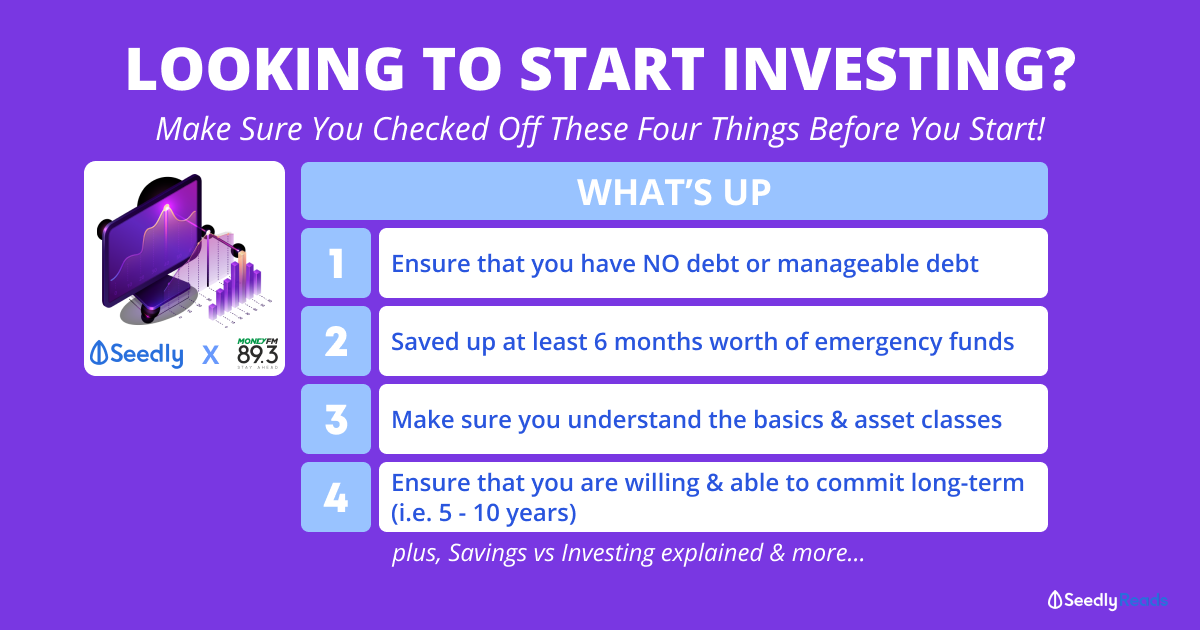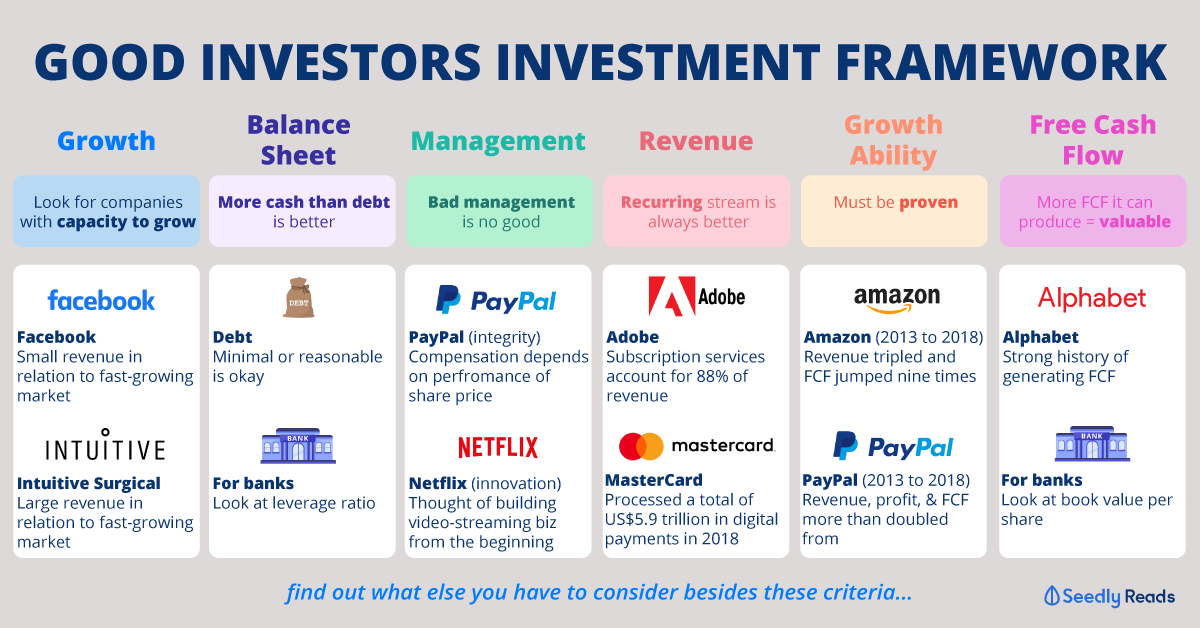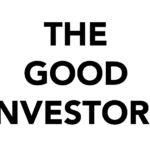Here’s what I think being a beginner in investing entails and if it fits you, you may act accordingly. Are you able to stomach short-term losses and if so how big?
You mentioned you have a mid-risk portfolio but what I find more relevant is your downside risk which is how much you are prepared for your holdings to drop i.e to say if your put in $1000 for your first month and the next day there’s a 18% (what I’d consider to be mid-risk) drop meaning you lose $180 overnight. Can you stomach that and not sell?
Because that’s really fundamental to investing: Being able to hold.
So I’m guess I’m really asking as well as to how you look at risk when you say you want a mid-risk portfolio as a beginner. Personally, I only thought of downside risk only after I started investing. Low mid high after-all can be quite subjective if you get what I’m saying. For example someone might say 36% downside risk is mid risk (probably exaggerating here).
With that in mind, I have 2 pointers on how you may start. Start DCA (monthly) with as little as $100 and invest in Stashaway with lowest downside risk portfolio or maybe RSP into STI ETF (with POSB Invest Saver - only putting here cause they have promotion for new users on sales charge cashback but won’t recommend investing beyond their promo cause their fees relatively expensive) Then you just live life as per normal. If you can don’t check perfect. But if you like to check your holdings, see if you have any urge to sell. If no you can start increasing your DCA. So gradually you learn to stomach bigger losses/get used to the volatility.
To further elaborate, if your first month only put in $100 and tomorrow drop 6% (low downsiderisk) then you are only loosing $6 which is much easier to “dao” considering the previous example. Then next month $200 and maybe higher risk portfolio and so on and so on.
Ideally, the end game is you want to have a risk-level based on how long you can hold. So are you looking at 3,5,10,20,30 years. Case in point if you are young you want high risk like heavily weighted on equities because you’ll max out your potential growth and you have the time to ride out market crises. More on this later.
Reason I left out Syfe previously is because I think you should start with them when you are ready to make a first $500 investment. When I started out this one was a big number lah, dk bout you. (I started with DCA $100 monthly.) Reason being if you use referral code the $500 first investment will give you $10 😅 And its only for the very first deposit so if your first deposit only going to be $100 then I’ll say wait out first if not you cannot get the bonus forever liao and just wasted lor. Then again perhaps its only me that’s so stingy haha.
Ok so quick breakdown of the Syfe portfolios now: Global ARI lets you set downside risk. Here you can set based on a 3-10 year time horizon. Any more than that you should go for Equity100 (20,30,40 years) because 100% equity as explained earlier as compared to Global ARI, they’ll throw in bonds (low risk) etc. The REITS+ is dividend investing/investing for passive income which you can ignore first because you need large capital to get significant dividends so start with the growth portfolios first. And even when you pick the REITs portfolio the idea of downside risk still applies. REITs with risk management gives you 5% downside risk (to my memory). They do that by balancing bonds and reits in your portfolio so you max only lose 5%. Else you can go 100% REITs but unfortunately I can’t calculate a downside risk for that for you. Same same if higher risk, look at longer time horizon.
And lastly, if I still have your attention lol, if your intention is not to pick your own stocks and maintain a portfolio, I would say don’t bother too much learning too much more about investing. Ultimately you are paying robos a fee so you don’t have to do precisely that. So I feel if you pay robos fees then still work so hard learning all these stuff like valuing a company and indicators on yahoo finance, sort of counter productive yea. Just live your life. Let the robo do it work. Of course you are interested in this sorta of thing then up to you also lah.
Okay. I think this is long enough haha. Hope I provided some value. Cheers.












Here’s what I think being a beginner in investing entails and if it fits you, you may act accordingly. Are you able to stomach short-term losses and if so how big?
You mentioned you have a mid-risk portfolio but what I find more relevant is your downside risk which is how much you are prepared for your holdings to drop i.e to say if your put in $1000 for your first month and the next day there’s a 18% (what I’d consider to be mid-risk) drop meaning you lose $180 overnight. Can you stomach that and not sell?
Because that’s really fundamental to investing: Being able to hold.
So I’m guess I’m really asking as well as to how you look at risk when you say you want a mid-risk portfolio as a beginner. Personally, I only thought of downside risk only after I started investing. Low mid high after-all can be quite subjective if you get what I’m saying. For example someone might say 36% downside risk is mid risk (probably exaggerating here).
With that in mind, I have 2 pointers on how you may start. Start DCA (monthly) with as little as $100 and invest in Stashaway with lowest downside risk portfolio or maybe RSP into STI ETF (with POSB Invest Saver - only putting here cause they have promotion for new users on sales charge cashback but won’t recommend investing beyond their promo cause their fees relatively expensive) Then you just live life as per normal. If you can don’t check perfect. But if you like to check your holdings, see if you have any urge to sell. If no you can start increasing your DCA. So gradually you learn to stomach bigger losses/get used to the volatility.
To further elaborate, if your first month only put in $100 and tomorrow drop 6% (low downsiderisk) then you are only loosing $6 which is much easier to “dao” considering the previous example. Then next month $200 and maybe higher risk portfolio and so on and so on.
Ideally, the end game is you want to have a risk-level based on how long you can hold. So are you looking at 3,5,10,20,30 years. Case in point if you are young you want high risk like heavily weighted on equities because you’ll max out your potential growth and you have the time to ride out market crises. More on this later.
Reason I left out Syfe previously is because I think you should start with them when you are ready to make a first $500 investment. When I started out this one was a big number lah, dk bout you. (I started with DCA $100 monthly.) Reason being if you use referral code the $500 first investment will give you $10 😅 And its only for the very first deposit so if your first deposit only going to be $100 then I’ll say wait out first if not you cannot get the bonus forever liao and just wasted lor. Then again perhaps its only me that’s so stingy haha.
Ok so quick breakdown of the Syfe portfolios now: Global ARI lets you set downside risk. Here you can set based on a 3-10 year time horizon. Any more than that you should go for Equity100 (20,30,40 years) because 100% equity as explained earlier as compared to Global ARI, they’ll throw in bonds (low risk) etc. The REITS+ is dividend investing/investing for passive income which you can ignore first because you need large capital to get significant dividends so start with the growth portfolios first. And even when you pick the REITs portfolio the idea of downside risk still applies. REITs with risk management gives you 5% downside risk (to my memory). They do that by balancing bonds and reits in your portfolio so you max only lose 5%. Else you can go 100% REITs but unfortunately I can’t calculate a downside risk for that for you. Same same if higher risk, look at longer time horizon.
And lastly, if I still have your attention lol, if your intention is not to pick your own stocks and maintain a portfolio, I would say don’t bother too much learning too much more about investing. Ultimately you are paying robos a fee so you don’t have to do precisely that. So I feel if you pay robos fees then still work so hard learning all these stuff like valuing a company and indicators on yahoo finance, sort of counter productive yea. Just live your life. Let the robo do it work. Of course you are interested in this sorta of thing then up to you also lah.
Okay. I think this is long enough haha. Hope I provided some value. Cheers.